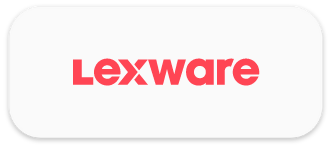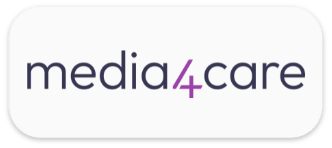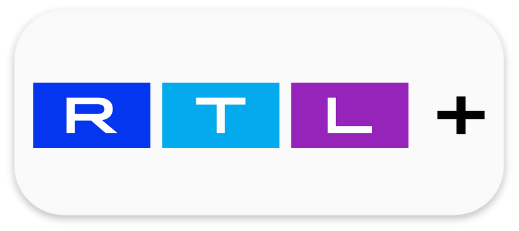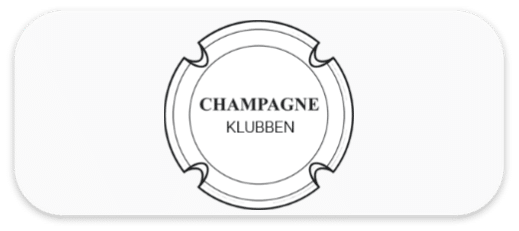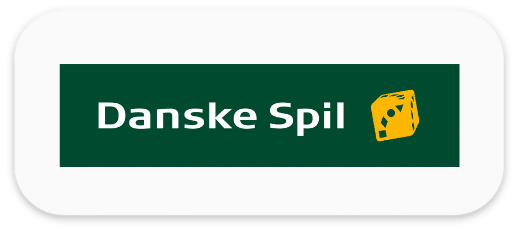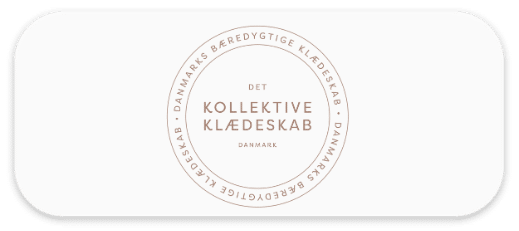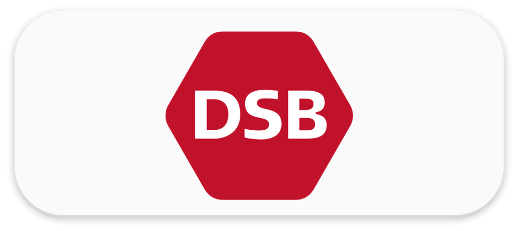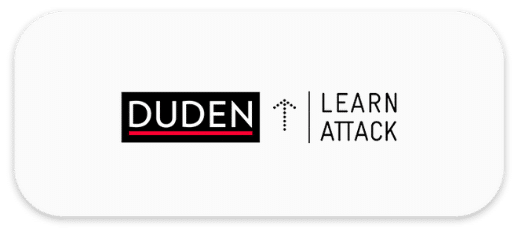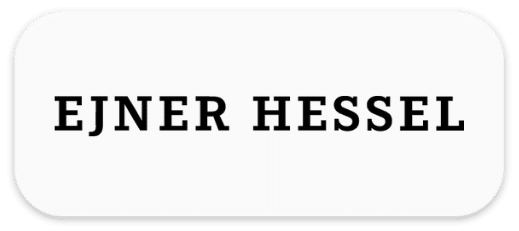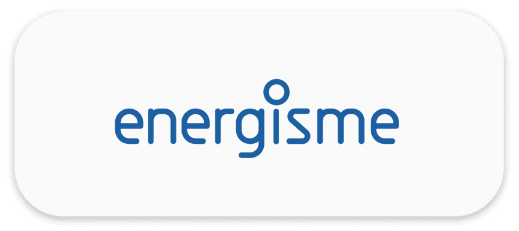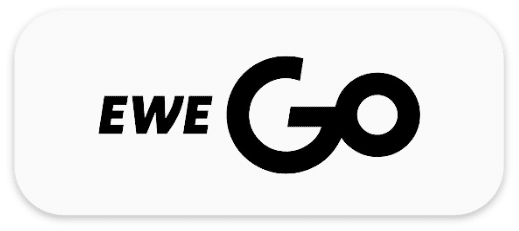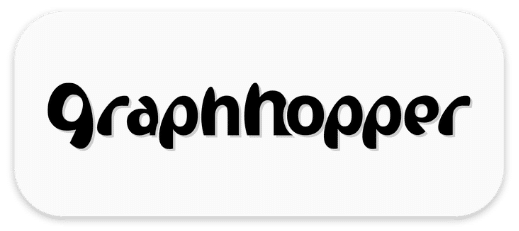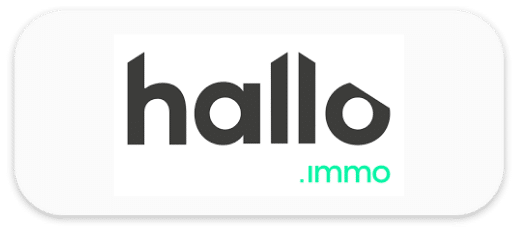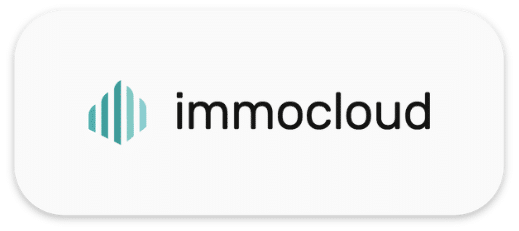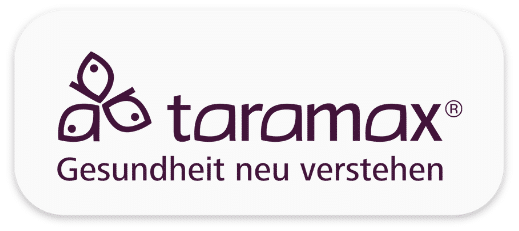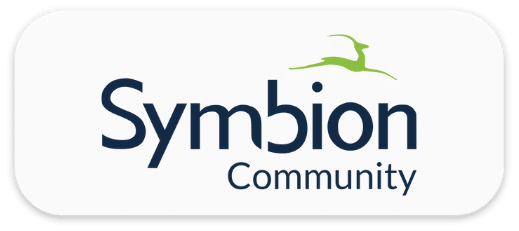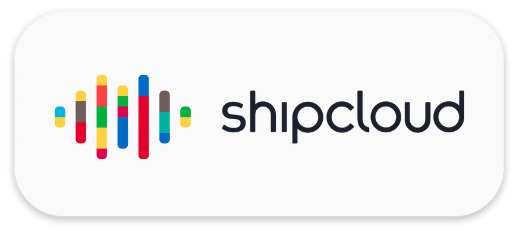Lexware automates growth with Billwerk+
“When analyzing different subscription management systems, it was important to us to find a company that had a GoBD certificate for accounting consolidating legacy systems, and Billwerk+ was the only company we found. Thanks to this consolidating accounting in Billwerk+, we can completely avoid mapping the business models in our group ERP.”
Dr. Carsten Block Chief Product Owner Lexware Office, Haufe Group
Lexware Office by Haufe Lexware
What was the initial situation like? What were the challenges to be mastered?
As the market leader for desktop accounting and invoicing solutions for SMEs, we at Lexware recognized as early as 2012 that software-as-a-service business models, coupled with the power of cloud technologies, offer a whole new level of freedom in solutions for customers and have disruptive potential. This is why we have been in the market with Lexware Office since 2013 in order to defend and expand market leadership in the SME segment in the cloud world as well. Our desktop products continue to sell excellently, at the same time we see that with our Lexware Office SaaS solution we can attract customer groups that we did not reach before; keyword “automagic”. Lexware Office is not simply a technical translation of our desktop solutions into the cloud, but from the very beginning we wanted to completely automate accounting and thus make this mandatory task achievable for people without any accounting experience.
Our core challenge here is to break through traditional thinking patterns. This applies to both product development and business modeling. Here we greatly appreciate having a specialized subscription management system available with Billwerk+, because we can map new business and pricing models very quickly and test them in the market without having to make adjustments in our group ERP system.
What possible solutions have you considered for meeting the technical / infrastructural challenge?
With regard to subscription management, we have opted for our own development for the market launch of Lexware Office. That was logical, because with Lexware Office we ourselves offer a GoBD-compliant invoicing solution. “Eat your own dogfood” as the Americans would say. Over time, however, it turned out that we were always running into prioritization problems because we had to decide whether we wanted to develop features for our customers or features for billing our customers. In addition, the requirements for the automation of our own order-to-cash process are very different from those of small and micro enterprises.
At the same time, subscription management has developed into a separate market segment since around 2015. In mid-2017, it seemed logical for us to reconsider our original “Make” decision.
How did the solution with Billwerk+ differ from the others? Why did you finally decide to meet the challenge with Billwerk+?
When analyzing different subscription management systems, it was important to us to find a company that had a GoBD certificate for accounting consolidating legacy systems, and Billwerk+ was the only company we found. The reason for this is quite simple: We use the accounting consolidation function of Billwerk+, i.e. we maintain a GoBD compliant subledger accounting for all our Lexware Office customers. At the end of the month and at the end of the year, we then only transfer the consolidated positions on collective accounts into our Group ERP.
That has two advantages: First, it’s just a handful of numbers that we manually transfer from Billwerk+ into our ERP. I.e. we could save ourselves the implementation of a complex interface. Secondly and even more importantly, this consolidating accounting system in Billwerk+ enables us to completely avoid mapping the business models in our Group ERP. This is important because exactly this mapping is very time-consuming and therefore slow. We continuously test different monetisation and pricing strategies. Therefore, speed in implementation is very important for us.
How did the integration (operational, structural, timewise, etc.) of Billwerk+ and the transformation of the organization work in connection with the solution?
The transformation project started in autumn 2017, with a dedicated team at Lexware Office responsible for the project. In this team, we initially worked on installing a switch in our systems in order to be able to bill new customers via Billwerk+, while existing customers were still invoiced via our legacy system for the time being. In the further course of the project, we initially converted existing customers in small steps and later in large ones. All of this happened with complete transparency for our customers.
At the same time we had a weekly Jour Fixe with Billwerk+ employees for the time of the migration. This was very helpful for the coordination and knowledge transfer. In some areas, Billwerk+ has also adapted and further developed its systems in this context. Right from the start, we have been able to build up a very good working relationship with Billwerk+ at all levels.
How does the solution work today (metrics)? What is your conclusion?
Today I can say that we are very satisfied with the integration. From a technical point of view, we have a very stable and resilient infrastructure. And in the modelling of new business and price models, we now have possibilities that we could not have incorporated into our old solution, or only with considerably greater effort. Now we can really try out new price and business models very quickly.
Do you have any helpful tips for other CIOs/project managers who are also facing a similar challenge?
My first tip: Looking at your own corporate ERP, consider how deeply you need to integrate. We did very well with the manual transfer of “consolidated accounting data” into our corporate ERP system because we were able to gain degrees of freedom in the rapid further development of our business models and at the same time save time and money for ERP integration.
Also important: a dedicated team that can focus full-time on data migration. Last tip: Over time, we have accumulated special cases in our old system, e.g. from historical discount campaigns, etc. These were a lot of interesting “contract constellations”, which we only discovered in their entirety during the data migration. In this case it was good that we initially migrated customer data in small steps and were able to learn in the process.
About Lexware
Lexware is part of the Haufe Group, one of the most innovative media and software companies in the legal, business and tax sectors. In 2013, Lexware entered the market with Lexware Office in order to defend and expand its market leadership for accounting and invoicing solutions in the SME segment in the cloud world as well. With over 1,200 employees at Haufe-Lexware and over one million customers, Lexware is a leader in the field of commercial software.
4000+ customers are growing with Billwerk+
4000+ customers are growing with Billwerk+



